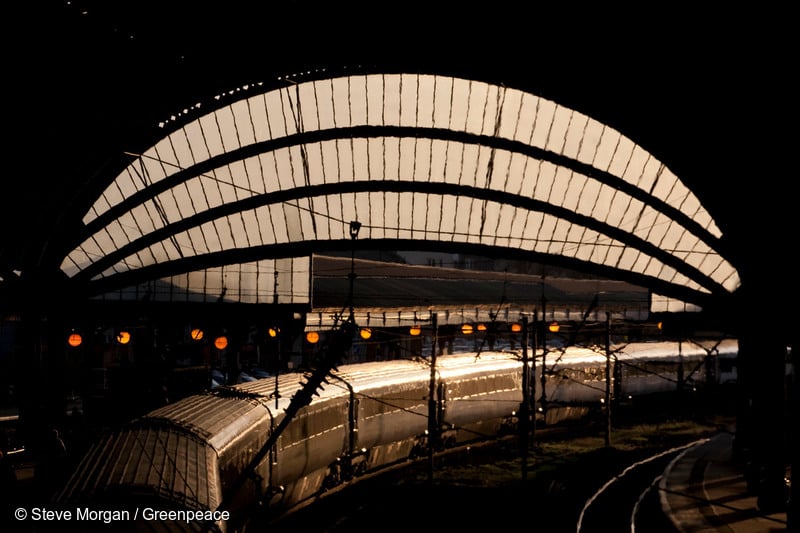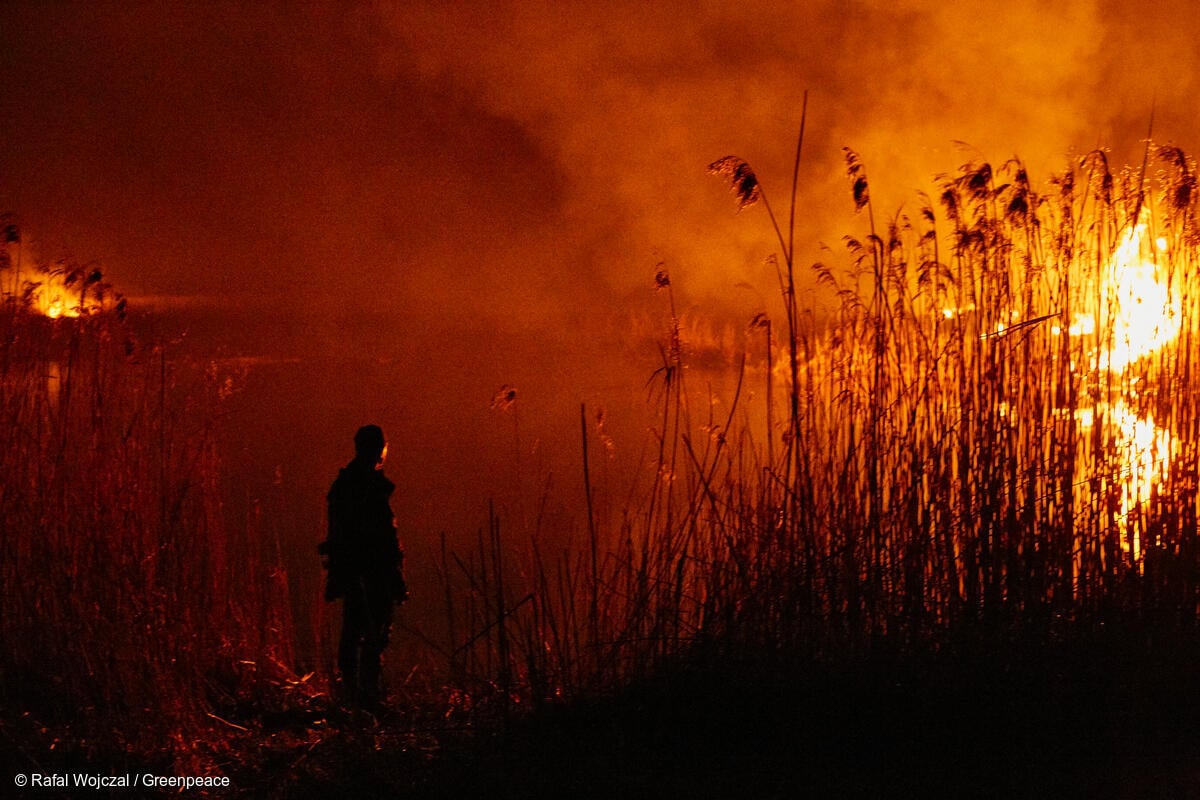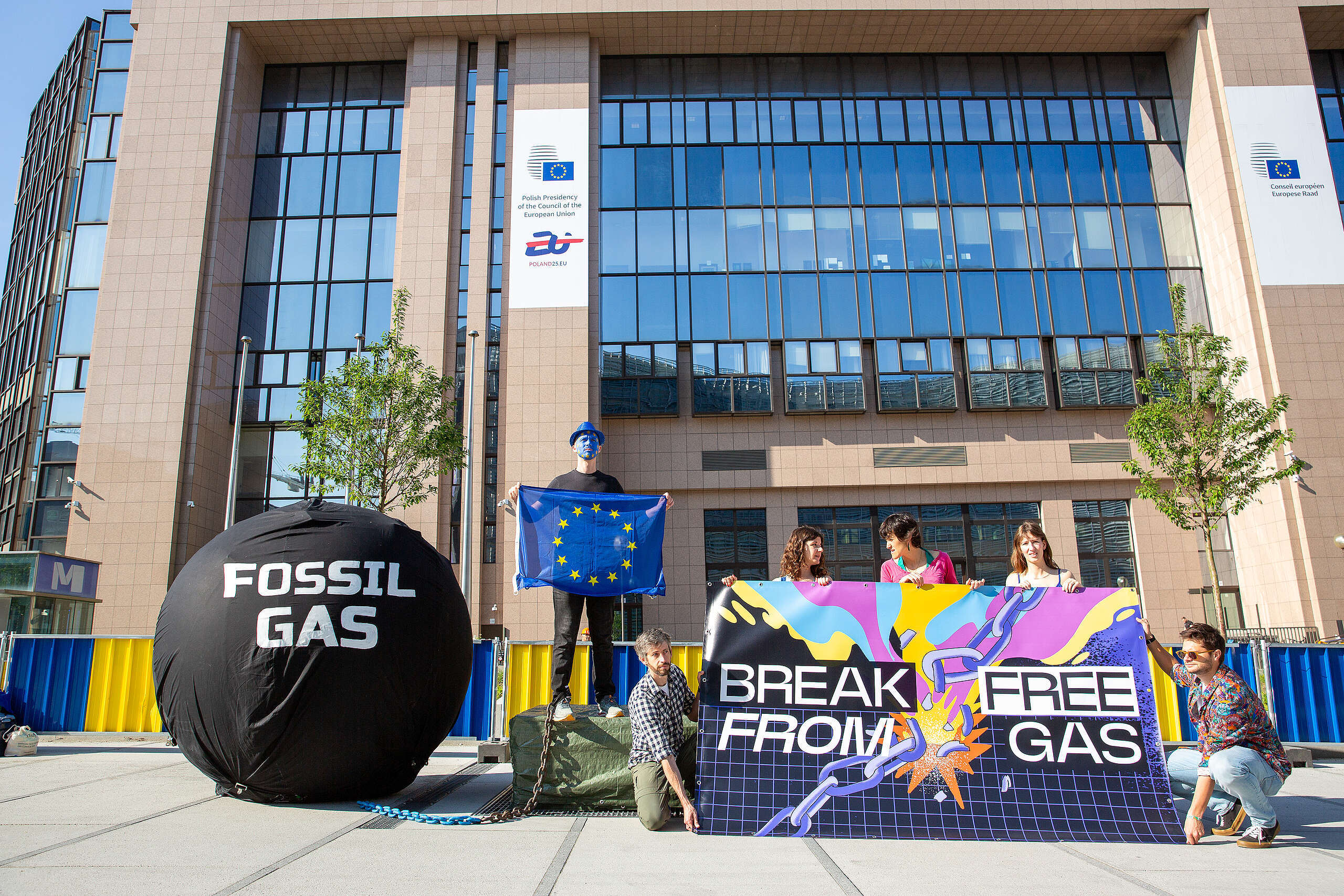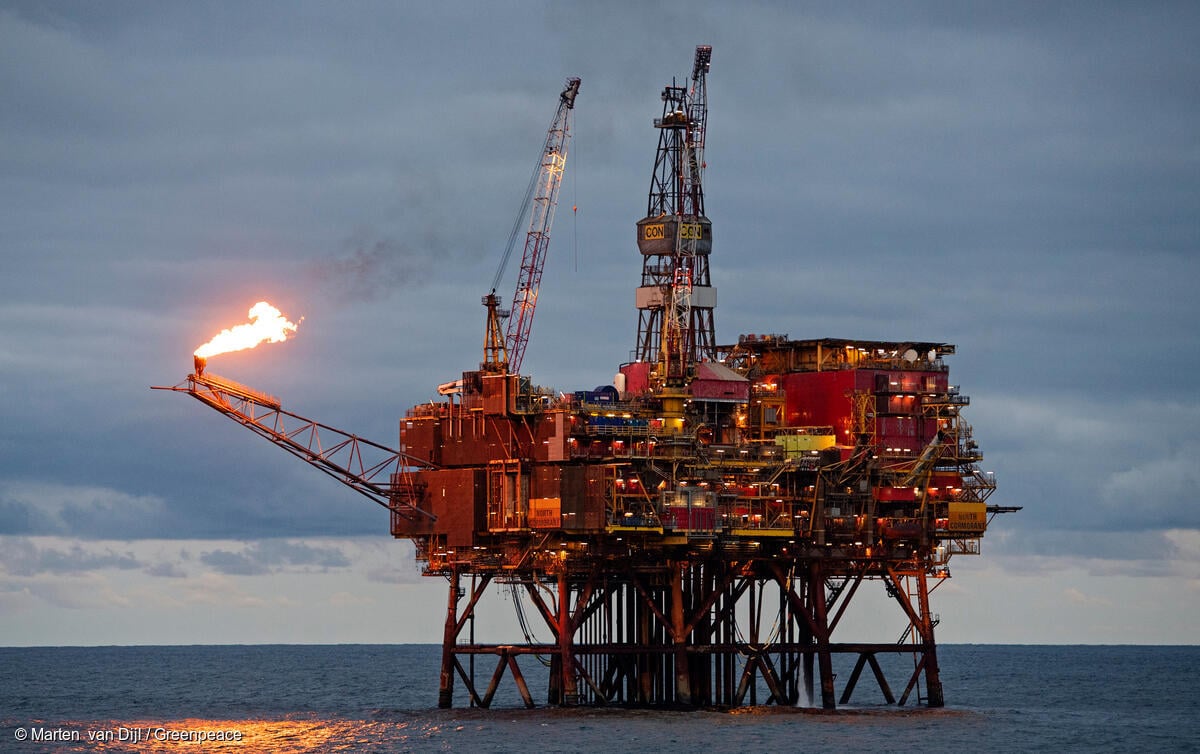How to foster a European rail recovery

As we enter the European Year of Rail, less than 7% of passenger transport in the European Union is by train. Compare that to 9,6% by plane and 71,7% by car. Most journeys over 1000km are made by car and airplane. The numbers for rail have only slightly increased in the last decade, and they won’t increase after Covid without bold political action.
Even worse, public transport, including rail, could become a victim of the pandemic. Rail operators suspended international train lines in 2020, and the number of trains decreased. While the reopening of these lines is uncertain, the competition with other modes of transport will be tougher than ever. The aviation sector, which is historically highly dependent on tax exemptions and direct subsidies, is joining efforts to get more support to return to pre-pandemic numbers, which would continue to drive the climate crisis.
Underinvestment in Europe’s existing railway infrastructure is already one of the greatest constraints for the rail sector. Misdirecting Covid recovery funding could make this problem insurmountable. Governments and public authorities must prioritise investment in the railways, boost international cooperation and ensure everyone has access.
- More and better trains can help Europeans reduce the impact of the transport sector on climate breakdown. On average, one trip by train emits 4 times less CO₂ than a car trip and 5 times less CO₂ than a flight in Europe.
- More and better trains can also spark a recovery, with new and sustainable jobs. Investing in public transport and trains creates more jobs than road construction.
- More and better trains can help connect Europeans in a long-lasting and sustainable way, reducing inequalities and transport poverty. For the most vulnerable people, using public transport is not an option, but often the only way to get to the doctor, to work or to school.
The European Year of Rail must be a turning point and put Europe back on track towards a truly connected rail network that leaves no one behind.
Five priorities for Greenpeace
- More investments to improve rail infrastructure
Why? For several decades, the rail sector has suffered from a lack of investment in its network. The effects are particularly being felt on the local non high speed network (ageing of the network, line closures, cancellations, delays, etc.). When the lines are not abandoned or crumbling, it’s the trains which are missing [2]. In 2018, a European Commission study showed that out of 365 cross-border links that had once existed, 149 (41%) were non-operational. However, funding is insufficient to meet the challenges of regeneration and modernisation for cross-border infrastructure, according to the study. In addition, ten billion euro are needed to equip tracks and trains with the uniform signalling system to allow trains to cross borders without interruption. More generally, there is a huge gap between the cost of the EU’s declared intentions to revive rail travel and the EU and national budgets available for these objectives [3].
How? In the coming decade, the EU and governments should increase funds dedicated to the upgrade and modernisation of rail infrastructure in EU and national budgets and recovery funds. This will help make rail an attractive and accessible alternative to road and air transport across Europe, including in rural and peripheral areas. Additional public investment is needed to close missing rail links and remove bottlenecks for cross border traffic. Public money (EU cohesion funds, the Connecting Europe Facility, Covid recovery funds, EIB loans, national budgets) must not instead be squandered to fund airport or motorway expansion.
- Better cooperation for enhanced rail services
Why? European railway networks remain a patchwork of incompatible national railway systems. This lack of European cooperation is a major obstacle for international train travel. Major rail operators are very much focused on domestic services. In fact, rail passenger traffic is mostly domestic, with only 6% crossing borders in 2016. Contracts between governments and train operators in the form of Public Service Obligations (PSOs) to guarantee services which are otherwise not commercially viable are used more for domestic and regional rail services than for long-distance services; only a few countries reported having a PSOs on international services. Even in operational railway infrastructure, there is a lack of cross-border passenger services. The study identified at least 48 cross-border links with significant passenger rail potential. The lack of compatible rolling stock is also preventing the development of new lines.
How? Greenpeace calls on governments and the European Commission to actively cooperate and open or reopen cross border day-time and night trains. Despite recent announcements, direct connections between European capitals and between countries (including neighbouring countries) are rare.
A permanent European body should be tasked with identifying priority networks and developing an ideal European timetable, allocating routes to ensure minimum services for all regions, while maximising the use of existing infrastructure. The current rail governance system is unfit to build a continental railway system that can meet people’s needs, while boosting a shift from air and road to rail.
Greenpeace also calls on governments and the EU to offer financial incentives for new lines, such as public service obligations or seed funding for new day-time and night trains, and financial support for the renewal and expansion of rolling stock. An EU-financed rolling stock pool would improve access and reduce costs for night train operators and help develop a European night train network.
- Unified ticketing and booking systems to make rail convenient and attractive
Why? While flying from point A to point B is very easy, it comes at great cost to the climate. Travelling across borders by rail is much less destructive, but often very inconvenient. The quality of international travel information is patchy at best and passengers frequently need to book tickets from different operators, since there is a lack of direct international connections between countries. In these cases, their rights to refunds or assistance are generally not covered throughout the whole trip (in case delays lead to missed train connections for example).
How? The European Commission must work on an integrated EU-wide ticketing and payment system to make it easier for passengers to book a train journey involving different operators. The EU should make it mandatory for rail companies to sell through tickets to protect passenger rights.
- Prioritise trains over planes
Why? While flying is the most unequal and polluting transport mode, airlines benefit from multiple subsidies, such as the kerosene tax exemption, free allowances in the EU’s Emissions Trading System, zero rate VAT on international tickets, and direct subsidies. Aviation is also one the few major sources of CO2 that is continuing to grow in the EU. This means taxpayers bear the burden of tax exemptions, in addition to the environmental cost of aviation. As a result, rail suffers from unfair competition and people choose to fly even for short journeys. Europe’s busiest airport connections can all be travelled in less than six hours on the train, excluding island connections [4]. According to a 2020 survey, 65% of Europeans support a ban on short-haul flights where there is an alternative under 12 hours. While the cost of emissions is absent from air fares, and road transport barely pays for the use of road infrastructure, railway companies have to pay energy taxes and rail tolls. Under EU law, governments have the power to reduce track charges to direct costs only, but some of them fail to do so. In particular, increased infrastructure charges drive the number of night trains down.
How? Greenpeace calls on governments and the EU to introduce a phaseout of short-haul flights, starting with a ban on trips where there is a train or a coach journey under 6-8 hours and/or a night train or a ferry, and ensure these slots are not allocated to new flights. The European Commission and national governments must also put an end to the kerosene tax exemption, to state aid for airports which are not located in isolated areas, and ensure airlines and airports pay for their environmental costs. Fighting social dumping in the sector and providing suitable requalification programmes for staff will also be essential to ensure a just and clean transition. In addition, decreasing track access charges for rail operators, especially on routes where these costs prevent companies from running day-time and night trains, will increase the number of trains, notably for night trains, as they run on longer distances. Governments must secure public funding to cover the cost of infrastructure maintenance.
- Make rail affordable and accessible for all
Why? Not everyone is equal when it comes to taking a train. Not only can train tickets be too expensive for many people, but also not all train stations are accessible for passengers with reduced mobility. Wheelchair users are forced to request assistance well in advance to board and disembark from trains. Several countries in Europe [5] still apply a VAT rate on international rail tickets, whereas the VAT rate for flying is zero.
How? The European Commission and governments must make travelling by train easier for people with reduced mobility to give them the same level of service as everyone else. They should apply a zero VAT rate on international train tickets, reduced VAT rates on domestic tickets, and ensure travelling by train is cheaper for low income passengers, for example by introducing social fares [6].
Contact:
Greenpeace EU climate and transport campaigner Lorelei Limousin: +32 (0)477 79 04 15, [email protected]
Greenpeace is an independent global campaigning organisation that acts to change attitudes and behaviour, to protect and conserve the environment and to promote peace. Greenpeace does not accept donations from governments, the EU, businesses or political parties.
EU Transparency Register: 9832909575-41



